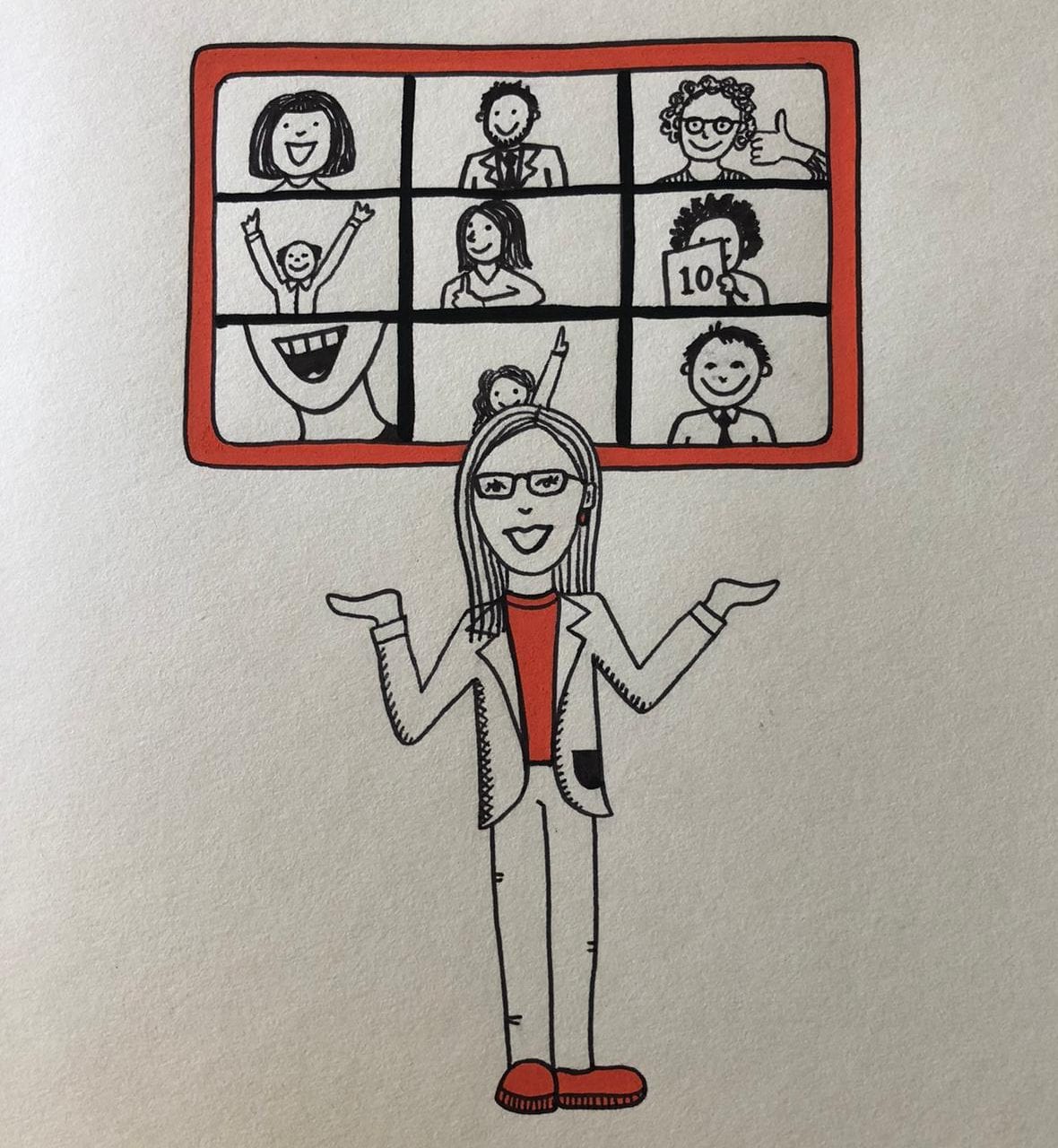When was your first time?
Perhaps it was a while ago now? Did you worry if you would be embarrassed? Or maybe you thought you wouldn’t do it right? When it came to virtual presenting or hosting a virtual meeting many people had not done it before. Now as working from home is commonplace, have you or your teams had time to figure out why virtual presentations are not the same as in person presentations and how to improve them?
What makes virtual presenting feel different?
Intuitively you know that presenting virtually feels different, right? By understanding specifically what is missing from virtual presentations when compared to face-to-face meetings we can make the experience more comfortable, engaging and thus effective for all.
Here are some key differences and tips to get around them:
Less body language – because we do not see the full body on video, we are missing some pieces of the body language puzzle. This is true of the presenter and the rest of the audience. We are also likely to be missing some hand gestures as they can be out of shot. In addition, even though we can see the face, we may be missing some of the important micro expressions.
As the presenter or host, instead of relying on being able to ‘pick it up’ if someone has a concern, make it as easy as possible for people to ask questions and give feedback. Be clear early on about the ‘ways of working’ for the presentation.
Let participants know how they can raise concerns or questions
- Do you want them to be on mute and only unmute to speak?
- If so, how do they ask a question – do you want them to put a virtual hand up or give a physical wave?
- Do you want them to put their questions in chat and you have a co-host who manages chat accordingly?
Time delay – no matter how good your Wi-Fi, virtual meetings suffer from some form of time delay. You will have experienced people accidentally speaking over one another or hearing awkward silences. Once you know this you can learn how to make it less of a challenge.
Let participants know when they can speak
The time delay can make it hard during discussions for people to know how to ‘interrupt’ or get their views heard. In addition to the earlier tips consider:
- As the presenter, how can you make an extra effort to ensure you ‘hear’ from everyone?
- Can you go around one by one to check everyone has been involved? A co-host can be very handy for this task.
- You don’t have to hear everyone speak, as this is very time consuming in large groups. You could use the chat function and make it clear you want to hear from everyone.
- If your audience are new to this type of interaction ask easier questions initially e.g., ask for a score from 1-10 on how they feel about something relevant.
Group dynamics – In a meeting room style presentation the audience will have unconsciously created some group dynamics between themselves and others around them which builds another layer of engagement. Plan how to recreate this consciously:
- Can you use breakout rooms to give people (especially with an introverted preference) a more comfortable environment in which to build group dynamics (and get their voice heard)?
- Can you plan for a few extra minutes at the beginning or end of each section, or in breaks to allow people to interact with one another?
- Where can you open the microphone and invite comments, encouraging others to build on that comment or idea?
With thought and planning it is possible to make virtual presentations and meetings engaging, persuasive and inspiring. As the dust begins to settle and we get used to this new way of working has there ever been a more sensible time to invest in getting yourself and your teams presenting online to the best of their abilities?
We run open and in-house virtual presentation skills training courses and hold free taster sessions. Check our virtual presentation webpage for more information.
Author: Dee Clayton, Managing Director, Simply Amazing Training
www.simplyamazingtraining.co.uk | dee@simplyamazingtraining.co.uk
Dee founded Simply Amazing Training in 2007. Her goal was to help professionals like herself to achieve success. But it wasn’t just about teaching them the practical skills they needed to increase their self-confidence, but crucially (and unlike most other trainers), working on their mindset too. (You may have heard about her Public Speaking Monkeys?!) Dee wanted to draw out delegates’ inner confidence, so they felt worthy of speaking up and being heard. Her aim was to bring out the very best in people. Over a decade on, 22 awards and two books later and Dee and the team are even more passionate about helping people navigate this ‘new normal’.





